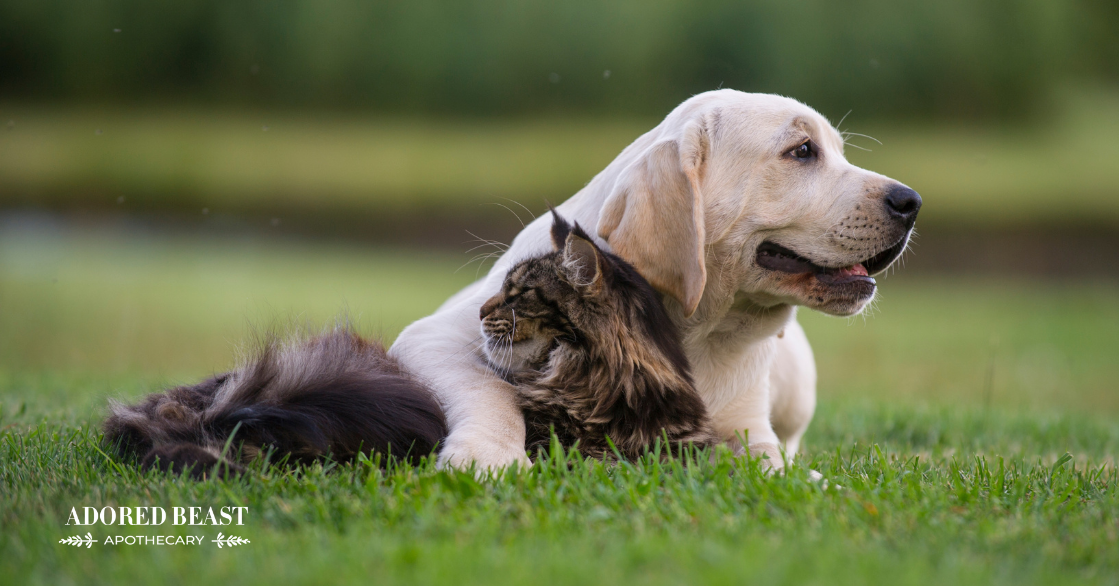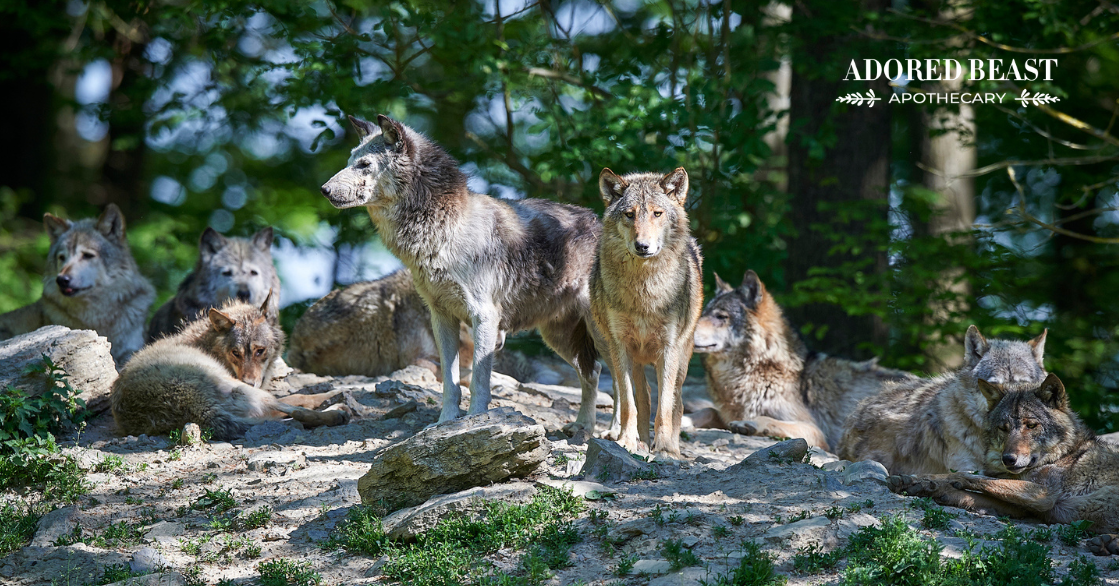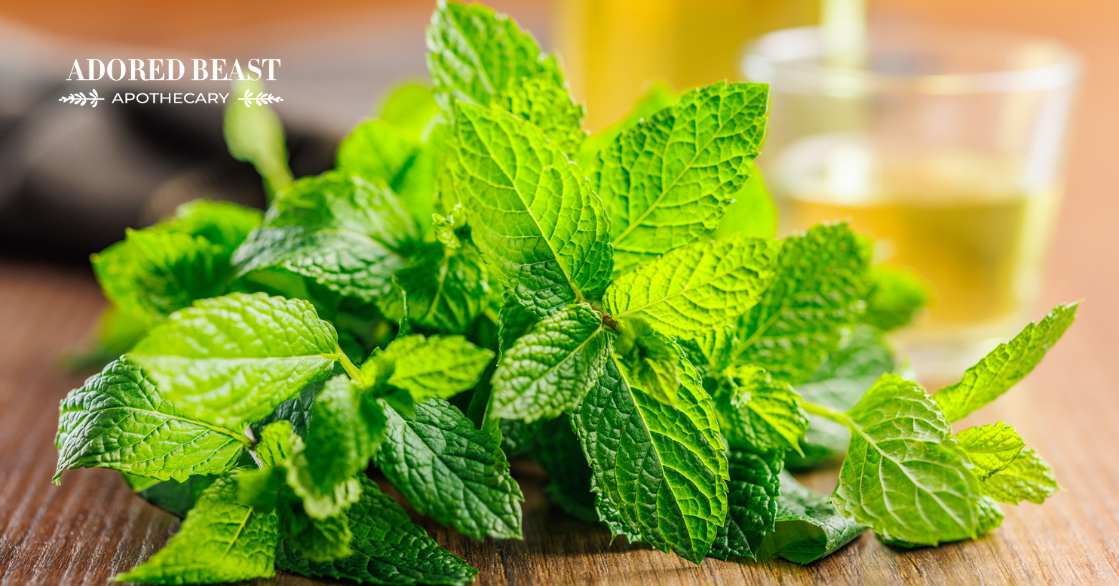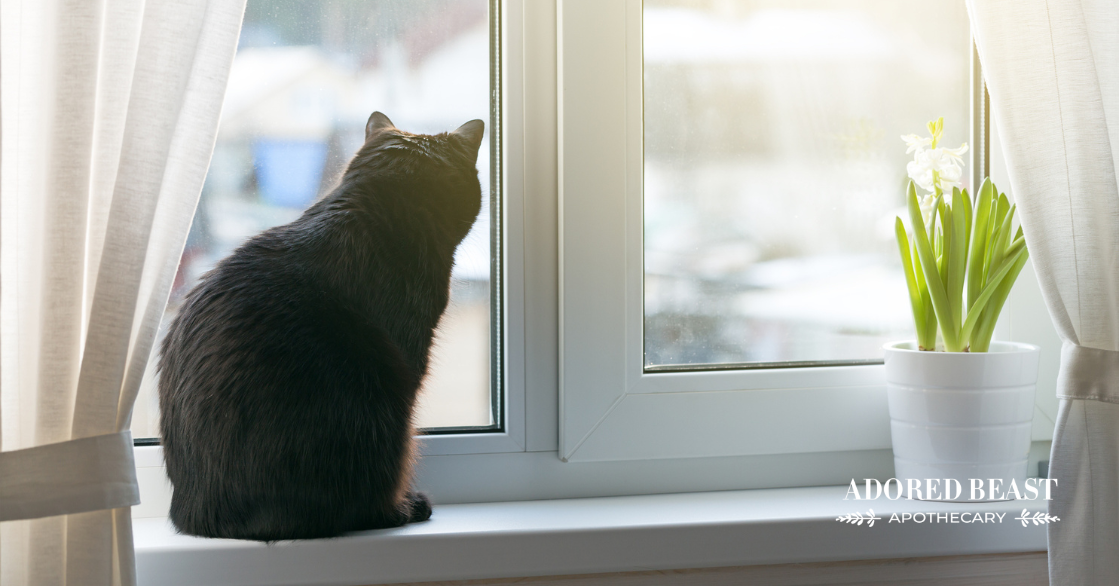A few weeks ago we wrote about common items in the home that can put our pets at risk. One of the things that we talked about was xylitol for dogs and cats.
And while that was a good introduction to this incredibly risky substance, we thought it might be a good idea to write an article that focuses specifically on it, just to help pet parents become even more aware of what to look for, and what to do.
Xylitol is dangerous, it really is as simple as that.
In fact, the risks to dogs are so high that it was put in front of the U.S. Congress in September 2021. If passed, the Paws Off Act will forbid the sale of food that contains xylitol unless the food’s label contains a warning about the toxic effects of xylitol for dogs if ingested.
Some people are aware of its dangers, but lots of others are not. And since it’s quite common, it’s important to share this information far and wide!!
So, where can it be found, what’s the risk to your pet, and what should you do if your pet ingests it?
What is Xylitol?
Let’s start with what this substance is.
Xylitol is a natural sweetener found in many different plants and foods. It looks and tastes just like sugar, but it’s popular because it only contains about two-thirds the calories. It’s lower on the glycemic index (how much a carbohydrate-rich food raises blood sugar levels compared to glucose), so it’s useful for diabetics or people on low carbohydrate diets.
Xylitol is found naturally in many fruits and vegetables like blueberries, strawberries, mushrooms, and cauliflower. It’s also found in other plants and agricultural materials like birch bark and corn husks. But the concentration in these items is very, very small. So low that it’s almost non-detectable. Don’t stop feeding blueberries because you’re afraid of xylitol.
It’s once the concentrations get higher that we, as pet parents, need to be careful.
And higher concentrations are hiding in plain sight!
In the average home, xylitol can be found in:
- Gum and breath mints – these are the biggest offenders!
- Peanut butter and jam
- Candy and chocolate
- Baked goods
- Maple syrup
- Sauces (BBQ sauce, ketchup)
- Medications
- Personal care items – toothpaste, mouthwash, baby wipes, facial cleansing wipes, deodorant, body lotion
In general, be wary of anything labelled ‘sugar-free’. Read ingredient lists carefully. It might also go by other names, including wood sugar, birch sugar, and birch bark extract, so watch for those as well!!
The Risk of Xylitol for Dogs
In dogs, xylitol causes low blood sugar and liver injury.
In humans, when we eat something containing xylitol, our bodies absorb it slowly, so it doesn’t impact insulin or cause it to increase. However, when our dogs eat it, their bodies don’t metabolize it the same way. Instead, their pancreas thinks it’s glucose and releases insulin. This increase in insulin can cause blood sugar levels to decrease, AKA hypoglycaemia.
IMPORTANT: If you know your dog has eaten something with xylitol in it, don’t wait for symptoms to appear. Head to the vet.
Signs of low blood sugar include:
- weakness
- unsteadiness
- shaking
- seizures
Symptoms of low blood sugar can occur as soon as 30 minutes after ingestion, but as long as up to 12 hours.
Xylitol can also injure your dog’s liver. The more xylitol a dog takes in, the higher the risk, especially to the liver. Signs of liver damage are:
- loss of appetite
- lethargy
- vomiting and/or diarrhea
- yellowing of the skin
These symptoms can take up to a few days after ingestion to appear.
If you notice any of these signs, go to the vet right away!
How Much Xylitol for Dogs is Toxic?
Unfortunately, even a little is an issue. Your dog does not have to eat a whole jar of xylitol-containing peanut butter to see the effects. The problem (well, one of the problems) is that the different amounts of xylitol in various products makes it hard to say exactly how much xylitol for dogs is toxic.
According to research, 0.05 grams per pound of body weight (0.1 grams per kilogram of body weight) is the danger zone. To put that in perspective, gum and breath mints (the worst offenders) typically contain 0.22-1.0 gram of xylitol per piece of gum or per mint. This means that a 10-pound dog could eat one piece of gum and it could be toxic! Again, product amounts vary, but it is always safest to assume any amount is too much.
What About Cats?
Thankfully, research tells us that cats are not affected the same way dogs are. A study on healthy cats determined that xylitol did not induce toxic effects on cats, so that’s a positive. We also know that cats tend to be far pickier than dogs, so they’re less likely to eat these. But even still, it’s nice to know that the risks are not the same.
That said, it’s still our recommendation that you keep these items away from kitties.
Xylitol is a dangerous food additive that can have very toxic effects, very quickly. Knowing what to look for, as well as what to do when it comes to xylitol for dogs, is so important.












